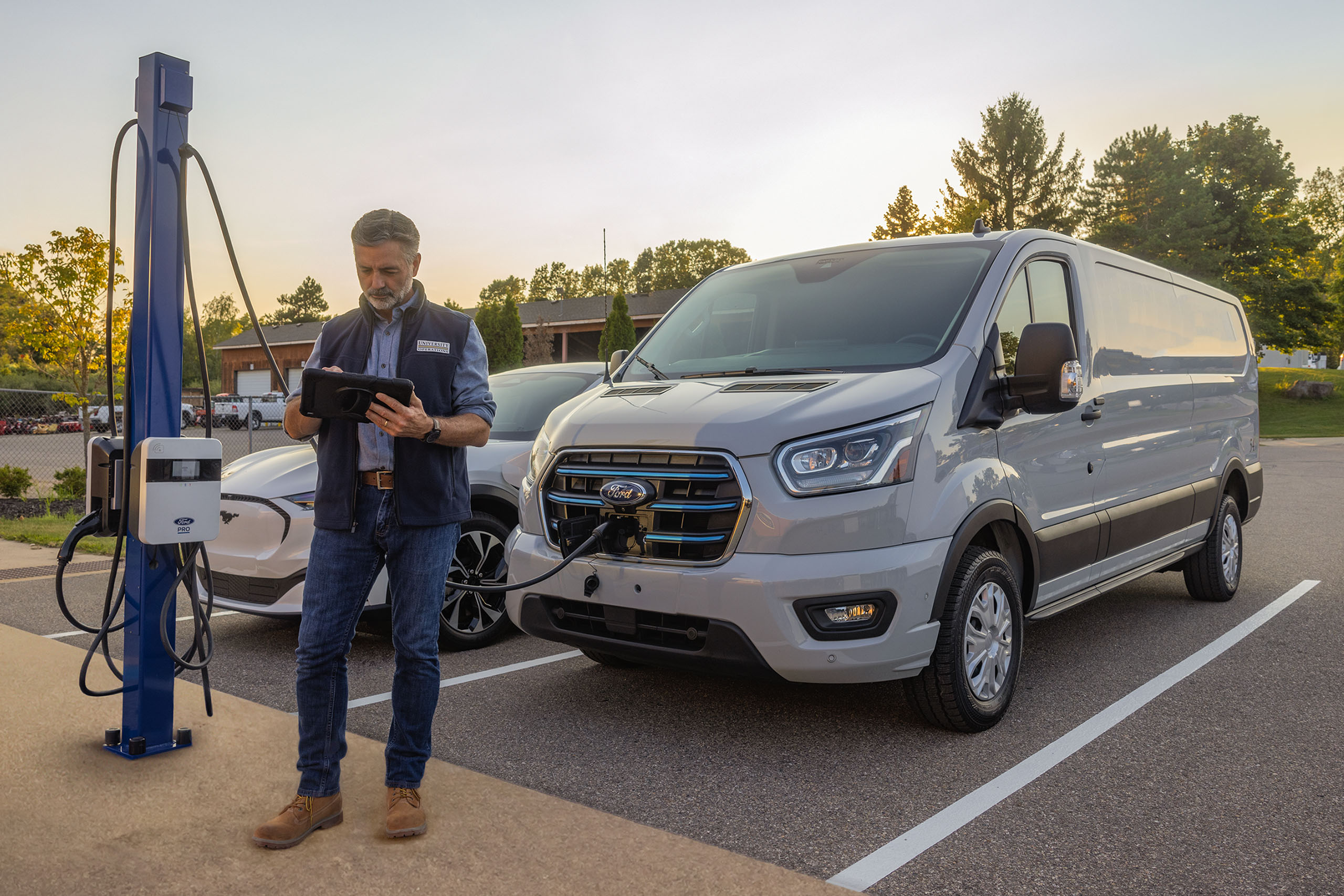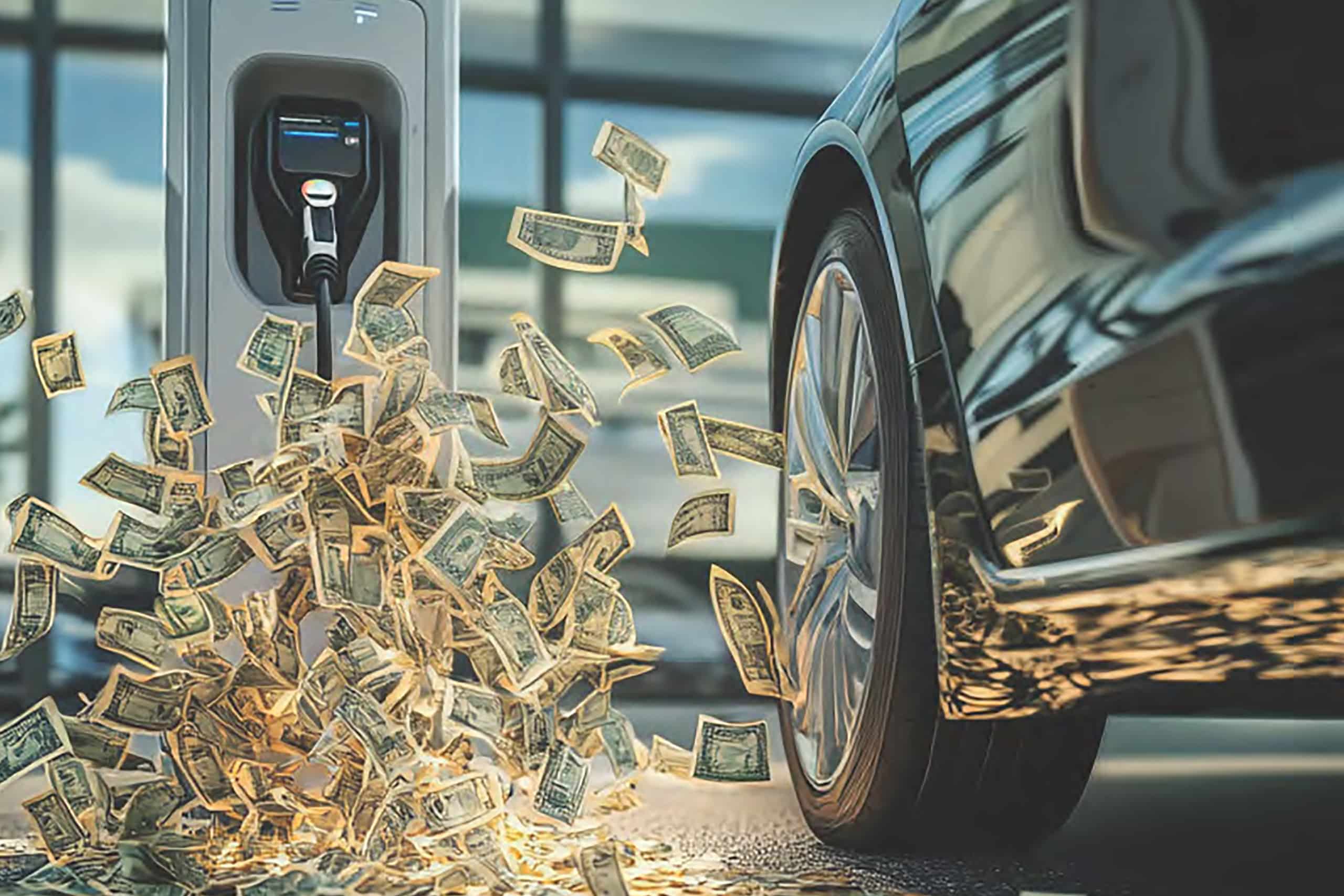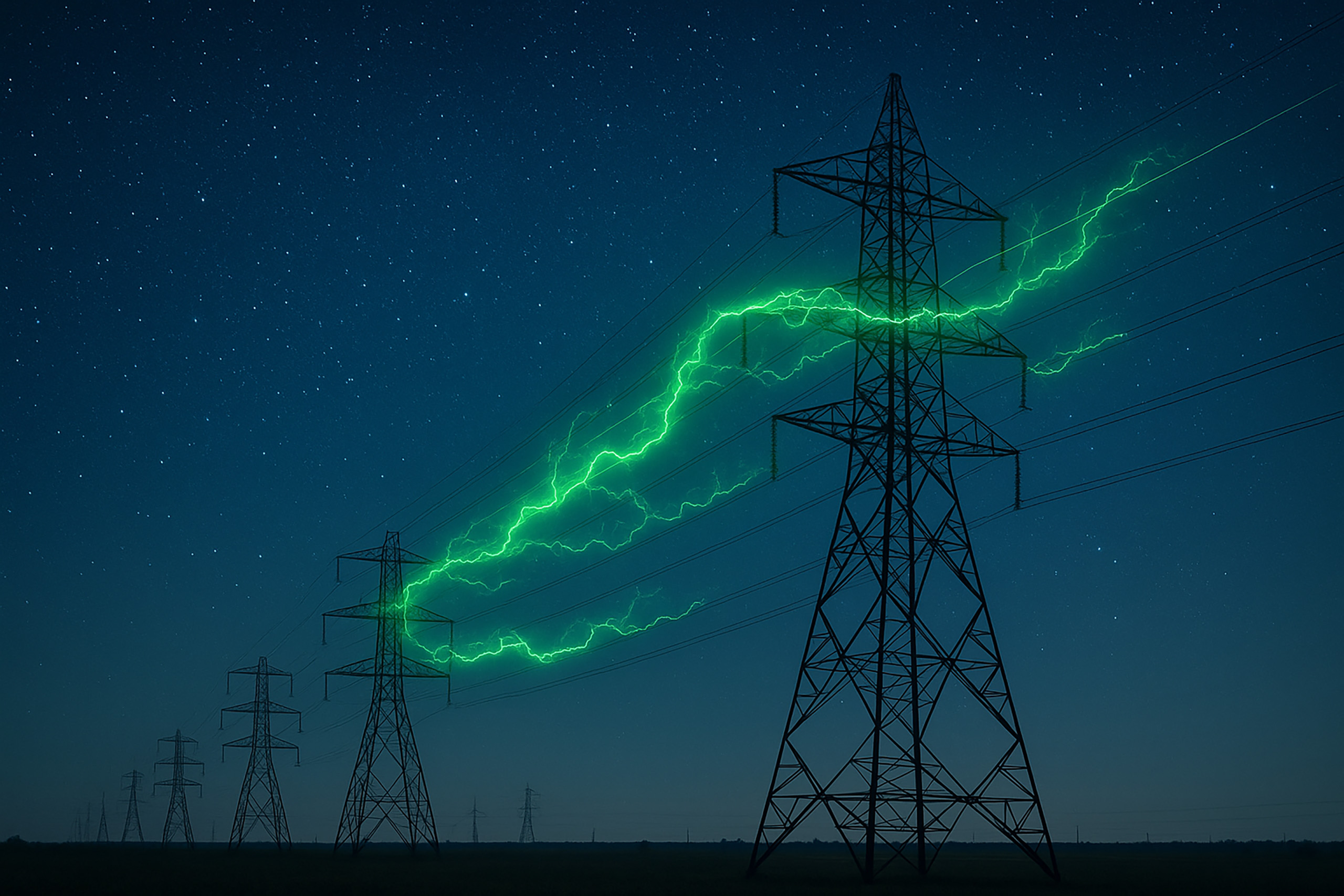
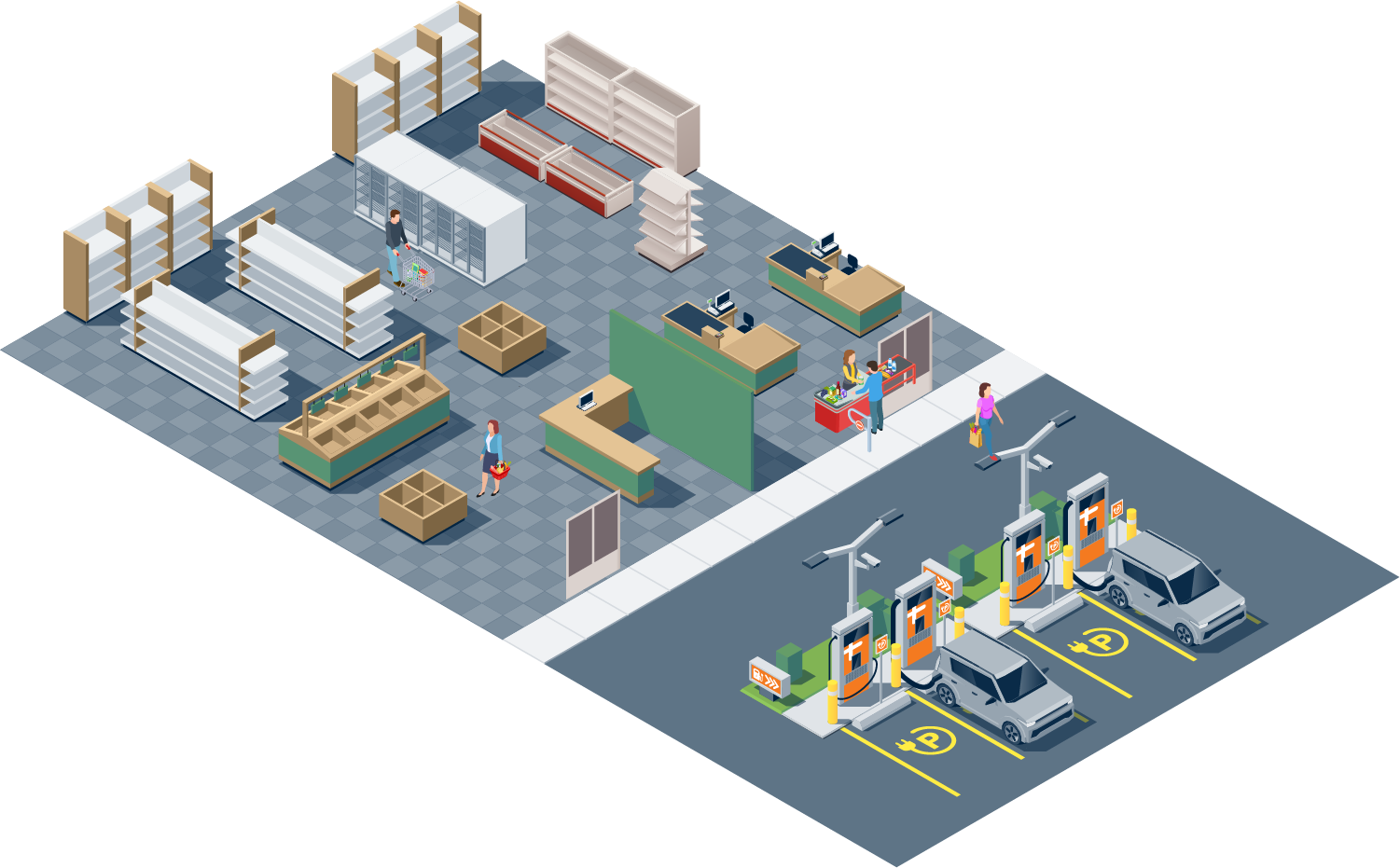
By 2030, electric vehicles (EVs) will comprise nearly 30% of new car sales, according to the market analysis group EV Adoption. The increasing demand for EVs will not only transform the dealership business model, it will also affect the hospitality industry and other consumer-facing businesses.
The creation of an EV charging environment attracts EV drivers, bringing business to your door. Is your company ready?
The installation of EV chargers requires an upgrade to your facilities electrical infrastructure and might require a utility upgrade as well. You can save your business money and aggravation if you think now about what your needs will be in a decade. To prepare for the EV charging environment of the future, Future Energy recommends you think about level 2 chargers, level 3 infrastructure.
Understanding the Types of EV Chargers
There are three levels of EV chargers. The difference relates to the power output:
Level 1 EV chargers are the slowest and are appropriate for residential use. The EV plugs into a regular wall outlet, receiving less than 2.5 kilowatts (kW) of power. The car charges at a rate of three to five miles per hour.
Level 2 EV chargers use alternating current (AC) and deliver closer to 20 kW of power. The most common commercial charger today, a level 2 charger delivers up to forty miles of range per hour.
Level 3 EV chargers use direct current (DC) and are known as direct-current fast chargers (DCFCs). DCFCs are the fastest available chargers on the market, with up to 350 kW of power. A high-end level 3 charger can add nearly four hundred miles of range in an hour.
How Does EV Charging Work?
Level 2 chargers are significantly less expensive than level 3 chargers. They don’t require any special internal technology to convert the AC from the grid to send to the EV. The EV converts incoming AC voltage from the level 2 charger to DC power to store in the battery. The process occurs through the vehicle’s rectifier, a component of the EV’s onboard charging system.
By contrast, level 3 chargers have an internal converter that converts the AC from the grid to the DC power that fast-charges the EV.
How Do I Know Which Type of EV Charger to Install?
Level 2 chargers work well in certain situations. For example, a hotel could install level 2 chargers in the parking garage or where people park overnight. A dealership would use level 2 chargers to manage inventory and charge in off-peak hours. But quick-stop guests will want access to DCFC so that they can charge quickly while they’re eating or shopping.
Why Is It Dangerous for My Business to Manage My Own EV Charger Installation?
At Future Energy, we hear horror stories about EV installation that have gone wrong. Electricians have installed power blocks without proper ventilation, causing hundreds of thousands of dollars of damage. Expensive equipment malfunctions when installed incorrectly.
Future Energy has subject matter experts that manage your EV installation from the planning stage through ongoing power management of your EV chargers. We oversee the safe and efficient installation of your EV chargers while helping your business prepare for the future.
Answering Concerns about EV Charging Installation
The infrastructure required to support a level 3 EV charger also supports level 2 chargers. However, the inverse is not true.
The installation of new lines involves construction, labor costs, and inconvenience. That’s why Future Energy has a saying: “Cut the concrete once.” Even if level 2 chargers work best for your business now, Future Energy ensures that your electrical infrastructure will be ready for whatever upgrades you require in the future.
“It Costs Too Much to Install Level 3 Infrastructure.”
The material cost of upgraded utility lines is negligible relative to the entire project. The most expensive aspect of installation cost involves labor, which can cost $150 per hour. Clearly, if you lay the utility lines now and upgrade again in the future, you’re acquiring unnecessary expenses.
“There’s No Rush to Upgrade the Infrastructure.”
There are millions of dollars available in subsidies, grants, and tax breaks for the installation of EV charging stations. In some cases, these programs cover up to 100% of the cost. Future Energy helps clients uncover every possible money source at the federal, state, and local levels through our Financial Incentive National Database (FIND).
However, these incentive programs have ending dates. Many of them run out of funds before the date arrives. There is no guarantee that the funds will be there to offset your costs in the future.
“There Aren’t Enough EVs to Support an Investment in EV Charging Infrastructure.”
Future Energy predicts that in the next five years, EVs will comprise at least 40% of a dealership’s inventory. The application for an electrical upgrade takes time for a utility to process—up to a two-year wait. Future Energy works with the local utilities to get your company to the head of the line, so that you’ll be ready for the influx of EVs.
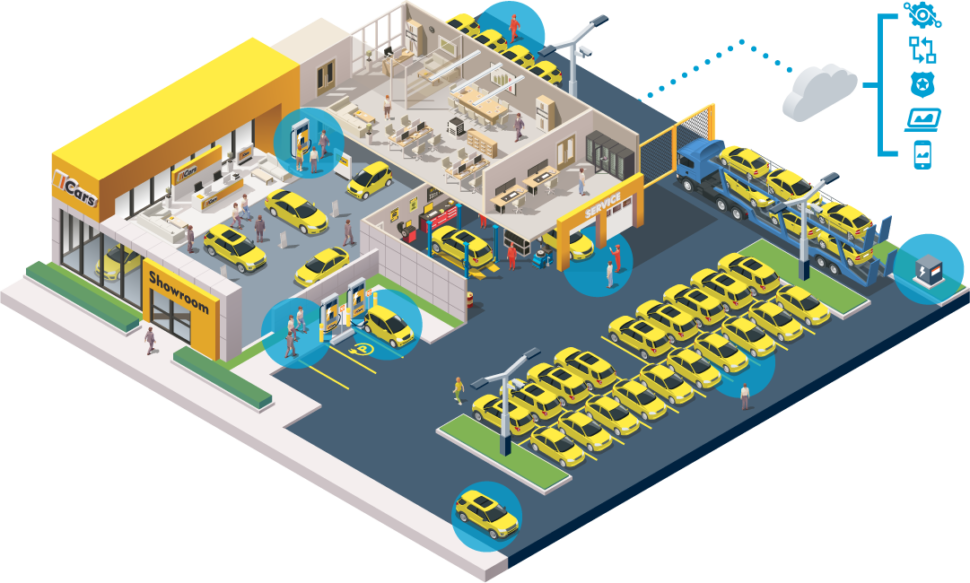
Upgrading the Electrical Infrastructure to Drive Business Objectives
A flip phone no longer defines the cutting edge of cell phone technology. In the same way, level 2 chargers will seem outdated in the next decade. As the EV landscape matures, customers will expect to be able to charge their EVs quickly.
Eliminating Disruption in the Future
When level 3 chargers become the norm in the future, your business will be a step ahead. Because you have chosen to install level 3 infrastructure now, you will require only a swap of your circuit breaker, meter, and other relatively inexpensive items. There will be negligible disruption to your operations.
Making Proactive Decisions
Future Energy helps your company think ahead. We show you what the electrification landscape will look like 10 years from now. By planning now, your business saves money, attains peace of mind, and sets up for success for years to come.
Using EV Charging to Attract Customers
Future Energy has found that many businesses today aren’t asking the right questions about the installation of EV chargers. Done correctly, the installation of EV charging solutions can help draw customers and align with your business objectives now and in the future.
Finding the Right Partner for EV Charger Installation
Future Energy serves as your partner in EV charger installation. Contact Future Energy today to learn how we help you futureproof with the installation of level 2 chargers, level 3 infrastructure.


